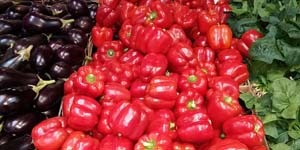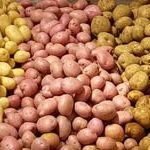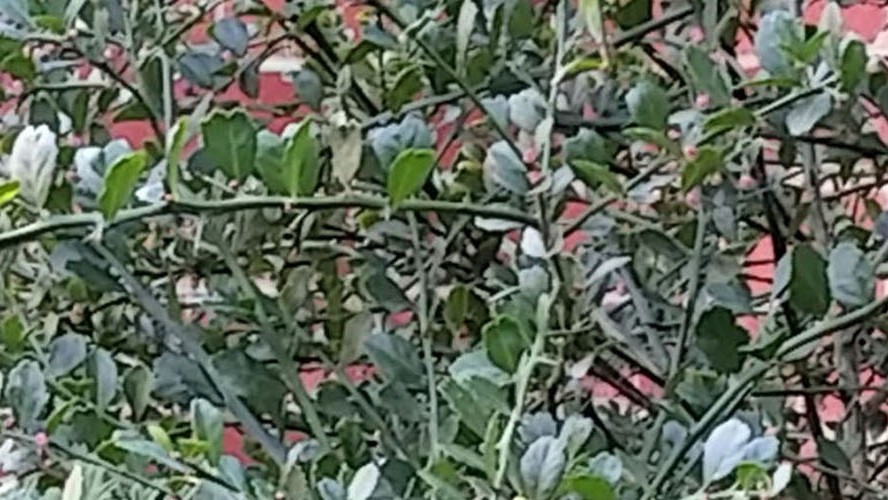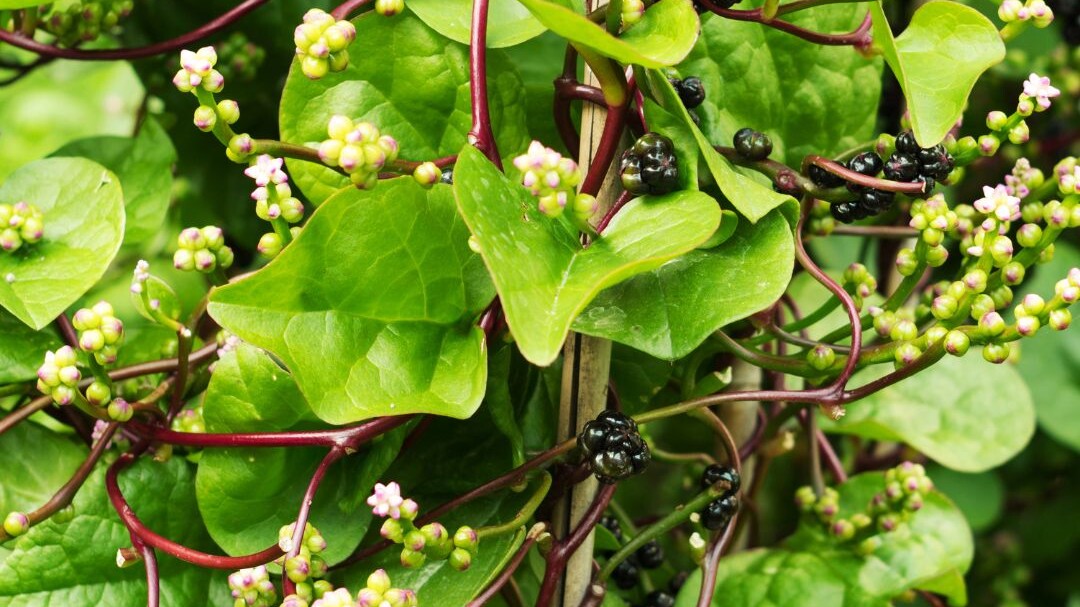If it is important to you to reduce your exposure to artificial chemicals in food, it can be quite expensive to buy organic fruit and veggies and it may not be possible grow all of them yourself. Production that is Certified Organic, means that as well as not being exposed to residues of chemical pesticides and herbicides, you are doing something for the environment because farmers and gardeners are not permitted to label food “Organic” if they use artificial fertilisers. But if you are on budget, like most of us, how do you decide which organic foods to prioritise when you go shopping or which to grow yourself?
This is not a straightforward task since knowledge of which fruit and veggies have most contamination is incomplete and fraught with controversy.
Health Issues
Eating organic food is believed to be better for our health. However, there is not agreement about this – some studies indicate higher levels of anti-oxidants in it but others find little difference between organic and conventionally produced food. Some argue that even with slightly higher levels of anti-oxidants in organic produce, the amounts are insignificant compared to overall levels we consume if our diets are rich in fruit and vegetables.
Artificial Chemical Residues
There is also debate about levels of chemical residues. Every few years, the United States’ non-profit organization, the Environmental Working Group publishes the Dirty Dozen – a list of fruit and veggies with the highest residue levels. A new list was published this April. It was based on results of more than 38,800 samples published by the US Department of Agriculture and the Food and Drug Administration. They found that almost 70% or non-organic produce was contaminated with pesticides.
 As in some previous years, strawberries top the list with most contaminated samples – one sample had 22 different pesticides. Next were spinach, nectarines, apples, grapes, peaches, cherries, pears, tomatoes, celery, potatoes and sweet bell peppers.
As in some previous years, strawberries top the list with most contaminated samples – one sample had 22 different pesticides. Next were spinach, nectarines, apples, grapes, peaches, cherries, pears, tomatoes, celery, potatoes and sweet bell peppers.
The Clean Fifteen – samples with least pesticide residue – was topped by avocados (only 1 pesticide found in any of 380 samples), followed by sweet corn, pineapples, cabbages, onions, sweet peas (frozen), papayas, asparagus, mangoes, eggplant, honeydew melons, kiwi fruit, cantaloupes, cauliflower and broccoli. Only 30% of broccoli samples contained residues.
However, critics claim that:
- The EWG is a political lobbying group for the organics industry so their results are not to be trusted
- EWG studies are not representative since samples come from different regions of the world where farming practices vary
- Amounts found were within “safe levels” determined by the EPA
- Pesticide residues can also be found in organic food
- The results do not agree with those conducted by independent scientists
So avoiding the Dirty Dozen might not be the way to choose which to buy organic.
How Do We Interpret This?
I think the answer is “with difficulty”! And it is even more difficult if we are in Australia or a country which obtains fruit and veggies from regions different from those supplying the samples used by the EWG where pests and pesticide use may be different.
In Australia, chemical residues in fruit and vegetables are regularly monitored and, according to Food Standards Australia and New Zealand, the allowed levels of chemicals are defined such that they are much lower than levels that might affect health.
However, there are very low levels of chemicals in many fruit and vegetables. And, unfortunately, no studies have been done to show that diets which contain “safe” amounts of a considerable number of different chemicals over a long period of time are safe or harmful. And it is highly unlikely that there ever could be such a study because a very large number of participants who either ate conventionally grown or organically grown produce would be required – and even then, it would be extremely difficult to prove that any observed differences were due to just to their diets.
So many of us prefer take the risk-averse approach and avoid chemicals altogether.
Reduced Environmental Impacts of Organic Produce
Another reason for choosing organic is that conventional farming uses artificial fertilisers. Manufacturing the sources of nitrogen in these involves fossil fuels and, therefore, greenhouse gas emissions. Such fertilisers are often applied in excess and that which is not taken up by plants runs into streams and rivers causing pollution which may cause algal blooms and damage to aquatic life.
And, of course, most pesticide use is not specific for particular pests and is able to cause unwanted effects on beneficial insects such as honey bees and natural predators.
The fuel usage (and associated greenhouse gas emissions) of transporting produce long distances, sometimes across the country, can also be considered. And they may be high for both organic or conventionally grown fruit and veggies. So if purchasing organic produce is not feasible, buying from local farmers’ markets or joining local food swaps still helps reduce this type of impact.
So What Criteria Could We Use?
Maybe we could think about this in a different way. One suggestion is to choose organic or grow your own for those with a large surface area e.g. broccoli, chard, spinach and celery, since the chemicals are mostly on the surface.
Another is that there is less risk of consuming any contaminants with fruit and veggies where we don’t eat the skin e.g. melons, avocado, citrus, shelled peas.
 But what about carrots and other root vegetables? The skin contains valuable nutrients and fibre, and nutritionists recommend that we eat the skin. But the skin also contains more chemicals than the inside. The Centre for Science and the Environment (a public interest research and advocacy organization) has shown that thorough washing of fruit and vegetables will remove most chemicals. For root vegetables, scrubbing with a brush under water would be appropriate. But choosing organically grown root vegetables or growing your own would be more certain.
But what about carrots and other root vegetables? The skin contains valuable nutrients and fibre, and nutritionists recommend that we eat the skin. But the skin also contains more chemicals than the inside. The Centre for Science and the Environment (a public interest research and advocacy organization) has shown that thorough washing of fruit and vegetables will remove most chemicals. For root vegetables, scrubbing with a brush under water would be appropriate. But choosing organically grown root vegetables or growing your own would be more certain.
Then if environmental impacts are considered, buying organic or growing your own would be most useful for crops that have high nitrogen requirements such as sweet corn, brassicas, and leafy green vegetables. Or if neither of those is possible, then sourcing local food is still of benefit.
So you might choose to buy conventionally grown produce that has inedible skins – perhaps from local sources, and to focus organic purchases and growing your own on those that are most likely to be contaminated when conventionally grown or to have been transported long distances.
Related Articles:
Top Productive Perennials
Productive perennials provide solutions to many of today's gardening challenges. Top of the list is that they save time! Perennials don't need to be…




